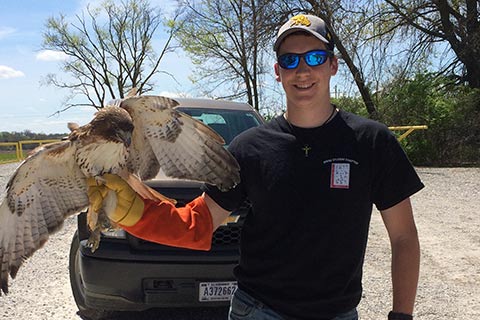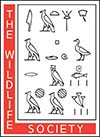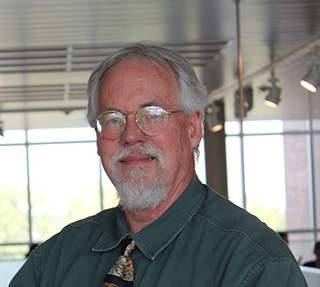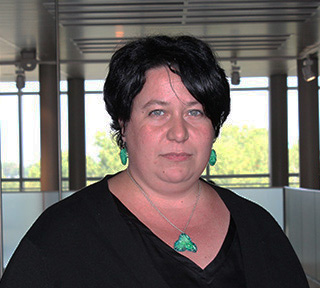MWSU’s Biology Department offers an outstanding degree in Wildlife Conservation and Management.
The Wildlife Conservation and Management degree program is committed to providing students with a collaborative learning environment to develop skills and engage in applied learning opportunities. Students gain hands-on experience through both lab and field exercises. The Wildlife Conservation program offers applied learning experiences through coursework and internships where students develop skills in areas such as: mapping GPS, wildlife capture and restraint, Wildland fire behavior and ecology, and plant, mammal, bird and herpetological field identification. Internships and independent research opportunities give students the competitive edge for career opportunities and graduate and professional schools. The Wildlife Conservation and Management major provides students with the background needed to start careers in various state, federal and nongovernmental agencies related to conservation and management.
Quick Facts about this degree:
- The MWSU Bachelor of Science in Wildlife Conservation and Management is one of only two programs in the State of Missouri to offer all of the requisite courses for certification as a wildlife biologist by The Wildlife Society.
- MWSU students have access to the Otoe Creek Nature Area, a 180-acre field study area on campus. This area contains a network of trails that run through various habitats, ponds, and streams.
- The Biology Department partners with the Missouri Department of Conservation, and the Northwest Service Center is located on Missouri Western’s campus. The Center includes classrooms and research labs for students, as well as offices and labs for more than 25 professionals. It also houses the Biology Department’s Natural History Collection of museum specimens and a herbarium.
- Many Wildlife students become members of the MWSU Student Chapter of The Wildlife Society. This group actively participates in activities related to the field of conservation and wildlife management, including such activities as prairie restoration, deer spotlight surveys, and quail surveys. The MWSU Student Chapter earned Student Chapter of the Year from The Wildlife Society in 2011 and 2013, and the MWSU Excellence in Philanthropy award in 2014.
- Professors work very closely with students on research projects, which a high percentage of students presenting their findings at professional meetings.
- Check out Research & Internships to explore applied research opportunities offered by the MWSU Biology Department.
Wildlife Conservation and Management Advisors
Questions about the Wildlife Conservation and Management degree? Contact one of these advisors or contact the Biology Department at (816) 271-4379 or biology1@missouriwestern.edu.

Mapping your degree plan is important. Consult with your academic advisor to create a plan and monitor it regularly.
Get Involved
 Missouri Western’s student chapter of The Wildlife Society provides opportunities for hands-on field work, including prairie restoration, deer spotlight surveys at Squaw Creek National Wildlife Refuge and quail surveys. Members also work with state, federal and local agencies and organizations, attend workshops and conferences and get great research opportunities and internships.
Missouri Western’s student chapter of The Wildlife Society provides opportunities for hands-on field work, including prairie restoration, deer spotlight surveys at Squaw Creek National Wildlife Refuge and quail surveys. Members also work with state, federal and local agencies and organizations, attend workshops and conferences and get great research opportunities and internships.



